If China had a culinary soul, Chongqing Hotpot (重庆火锅) would be its beating heart. More than just a dish, this UNESCO-recognized culinary icon is a 400-year-old cultural phenomenon that embodies the fiery spirit of China’s “Mountain City.”
From its gritty dockside origins to its global culinary conquests, here’s why this red-lava cauldron of spices deserves a spot on every food lover’s bucket list.
A Humble Birth on the Yangtze’s Edge
Born in the 17th-century docks of Chongqing, hotpot began as a survival meal for boatmen and laborers. Faced with relentless humidity and backbreaking work, these unsung heroes salvaged discarded beef offal—tripe, liver, and blood curd—and boiled them in a communal pot with wild chilies and Sichuan peppercorns scavenged from riverbanks.
This “Shuǐ Bā Kuài” (水八块, “Eight Pieces for a Coin”) evolved into a social ritual: strangers huddled around portable stoves, sharing food and stories under foggy skies. By 1926, the Ma brothers transformed this street food into a brick-and-mortar sensation, marking hotpot’s ascent from dockside grit to urban legend.
The Anatomy of a Chongqing Hotpot
1.The Cauldron:
- Nine-grid Copper Pot: A Chongqing innovation dividing the broth into zones—center for quick-cooking meats, edges for slow-simmering veggies.
- Molten Core: A blend of aged beef tallow, fermented chili bean paste (doubanjiang), and 20+ spices like clove and star anise slow-cooked for hours.
2.Signature Ingredients:
Offal Royalty:
Fresh hairy tripe (毛肚) and duck intestine (鸭肠), prized for their springy texture.
Daredevil Delicacies:
Pig brain, rabbit kidney, and “crispy meatballs” stuffed with glutinous rice.
Heat Neutralizers:
Lotus root, tofu skin, and youtiao (fried dough) to balance the burn.
3.The Dip:
Classic yuanyang (duck egg yolk and sesame oil) or adventurous dry dip with crushed peanuts and cilantro.
Why It’s More Than “Just Spicy”
- Cultural Alchemy: Chongqing’s oppressive humidity and wartime resilience forged a cuisine that weaponizes heat. Locals say eating hotpot is like “bathing in liquid courage”—a communal defiance against life’s hardships.
- The “Three Waters” Test: True mastery is measured by how much you sweat (forehead), cry (eyes), and sniffle (nose) during the meal.
- UNESCO Whisperer: In 2009, Chongqing Hotpot was enshrined as a Chongqing Intangible Cultural Heritage, celebrating its role in fostering social bonds.
Modern Evolution & Global Domination
From alleyway stalls to Michelin-starred menus, Chongqing Hotpot has redefined itself:
Global Chains:
Brands like Liu Yishou (1,500+ global outlets) and De Zhuang (famed for its “Lizhi Spicy Level” system) now serve vegan broths and lobster hotpots.
Tech Twist:
Apps deliver DIY kits worldwide, while AI-driven “smart pots” adjust spice levels mid-meal.
Cultural Exports:
Featured in Netflix’s Street Food Asia and served at the 2022 Winter Olympics athlete village.
How to Eat Like a Local
1.Order Like a Pro:
- Start with maoxuewang (spicy blood curd stew) and la rou pian (cured pork belly).
- Pair with bingfeng (sweet fermented rice drink) or Chongqing Beer.
2.Timing is Everything:
- Blanch leafy greens first to infuse broth with freshness.
- Cook meats in batches—thin slices (15 seconds), thick cuts (2 minutes).
3.Hidden Gems:
- Zhao Er Hotpot: A WWII-era hole-in-the-wall serving melt-in-mouth pork kidney.
- Fangkongdong Hotpot: Dine in a bomb shelter-turned-restaurant for Cold War vibes

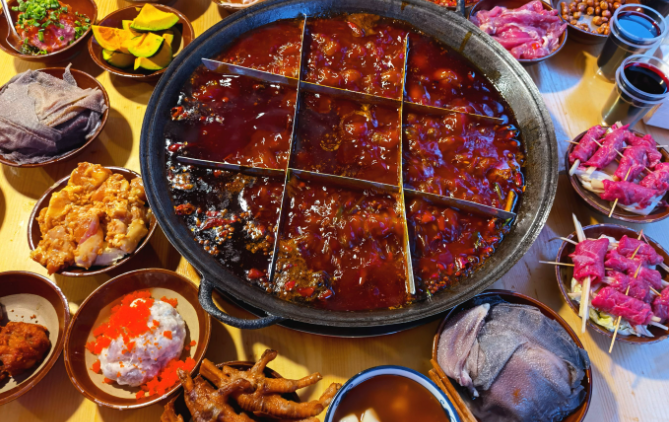
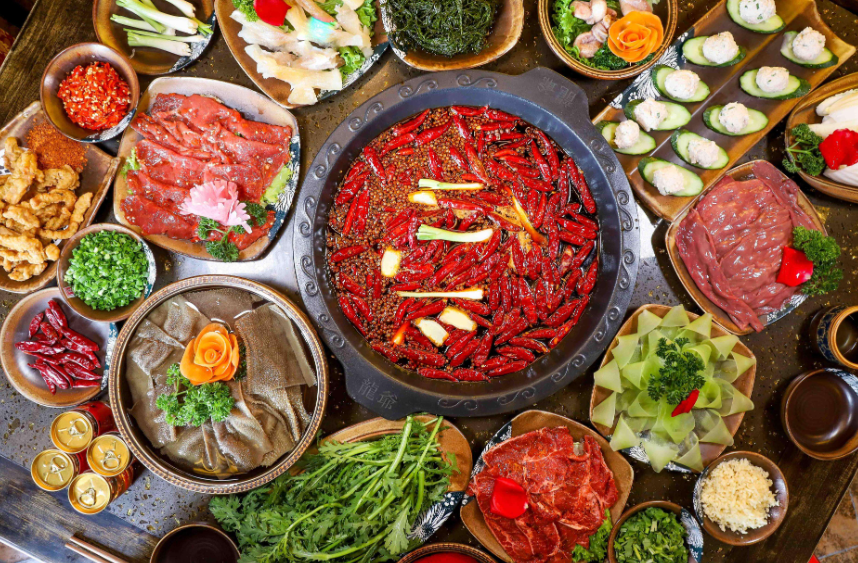
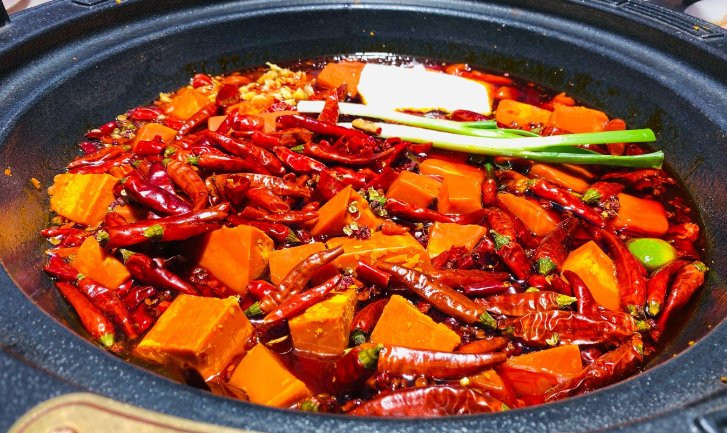
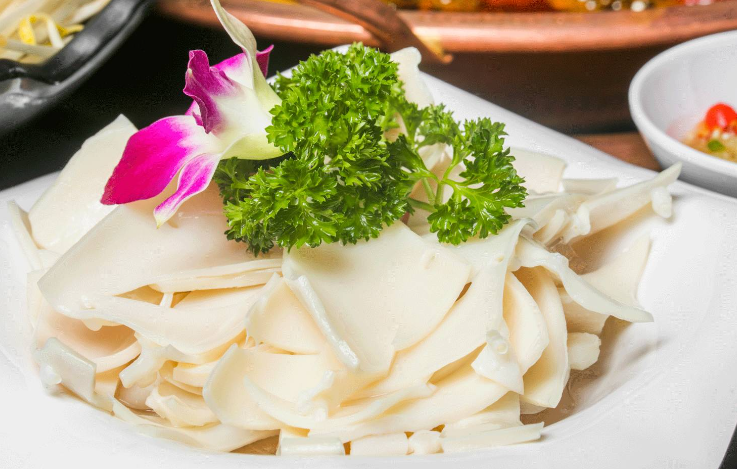

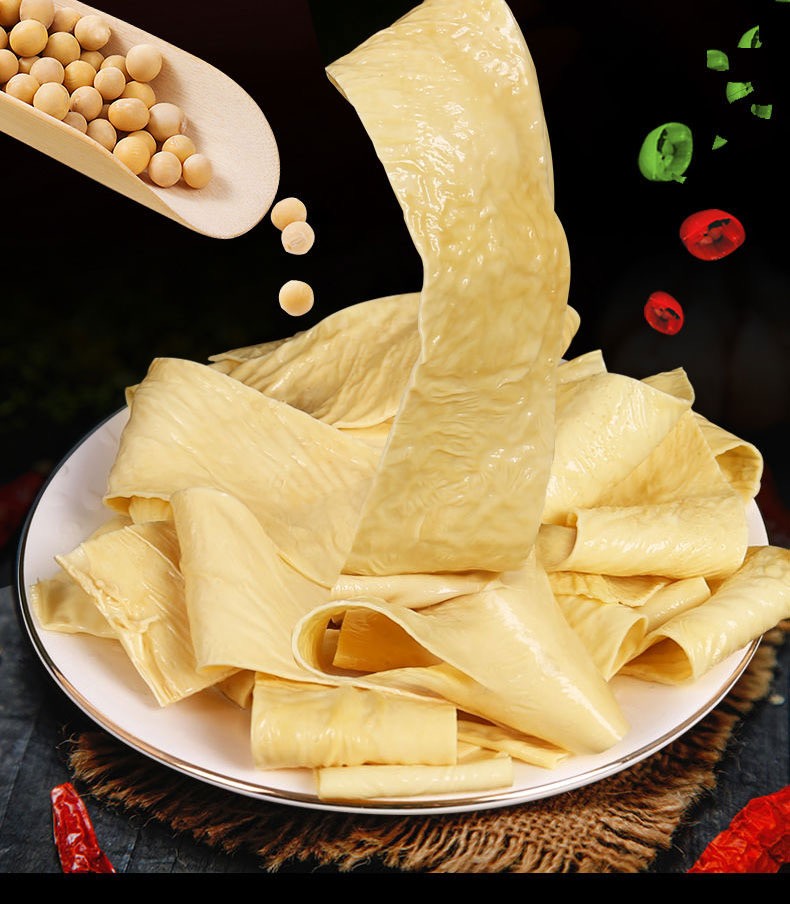
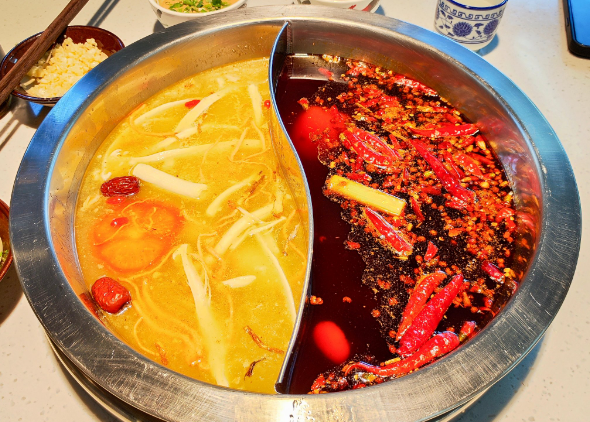
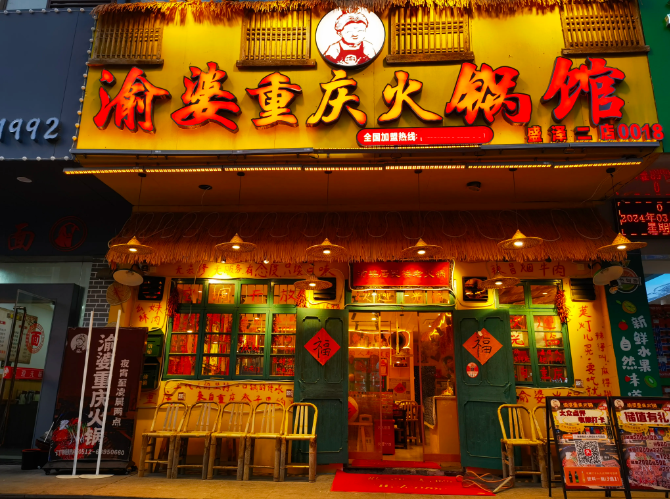
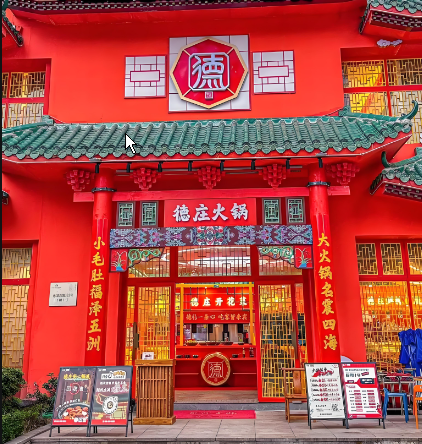
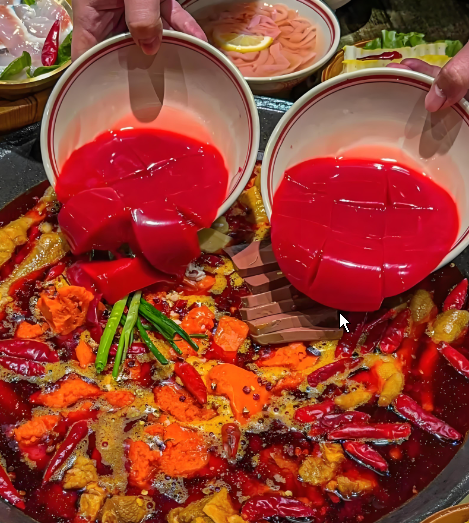

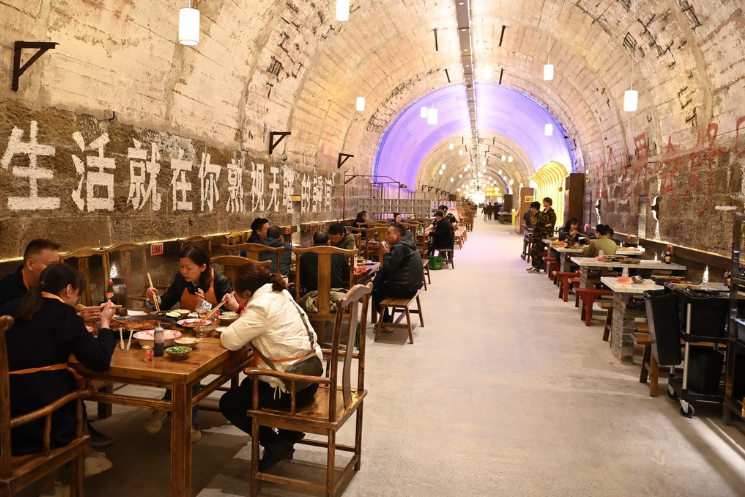













No comments yet